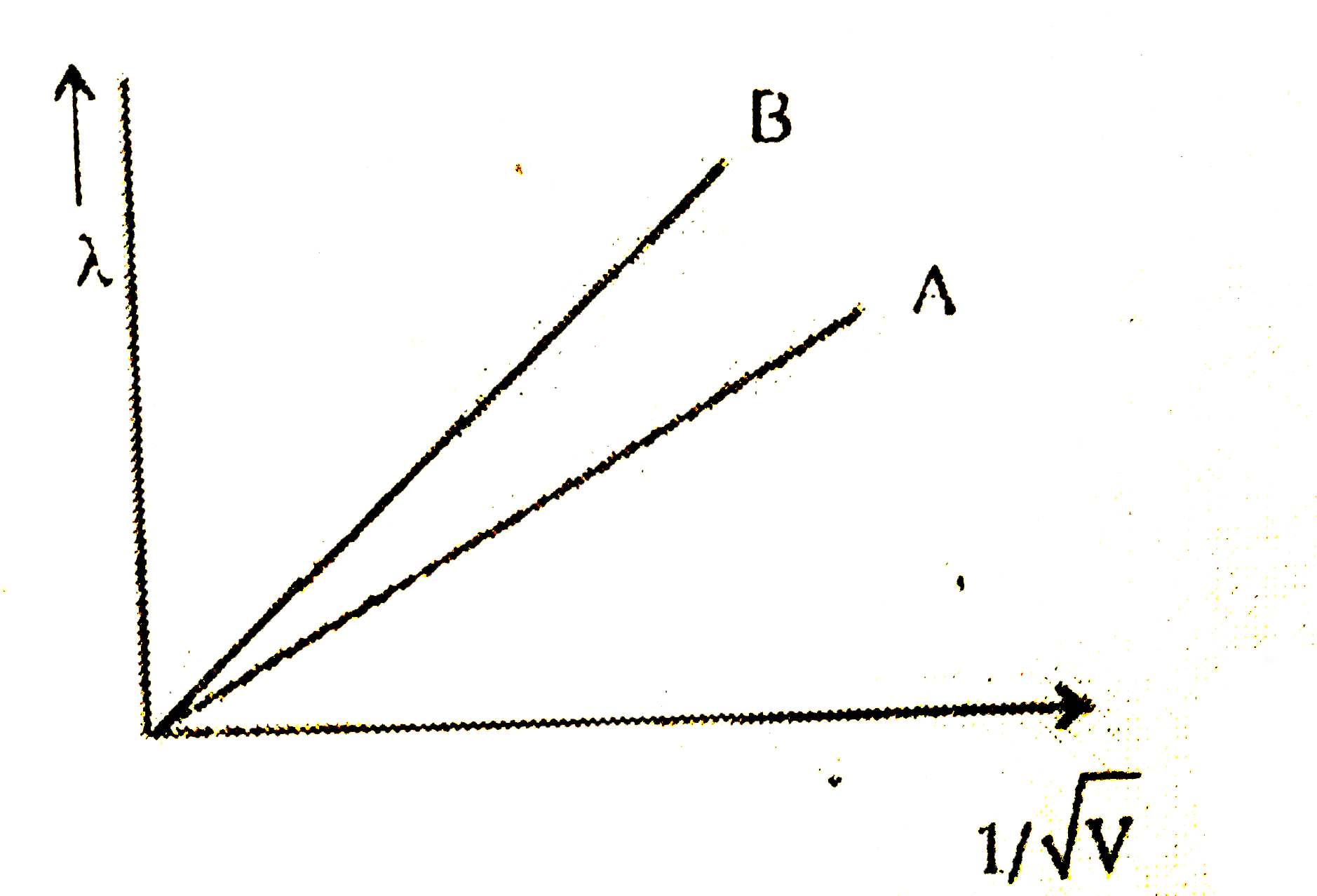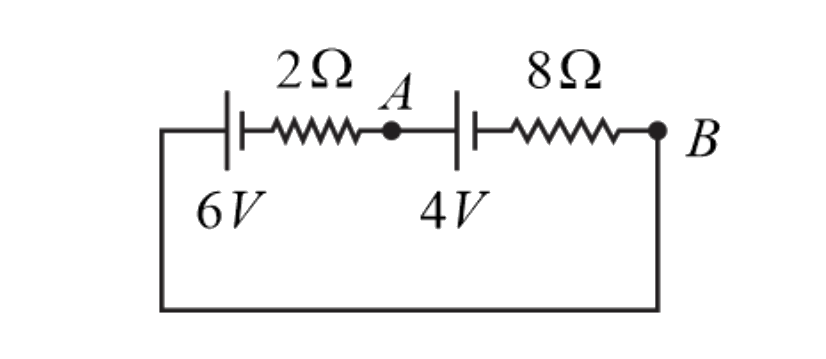Can there be a potential difference between two adjacent conductors carrying the same charge ?
To determine whether there can be a potential difference between two adjacent conductors carrying the same charge, we need to analyze the relationship between charge, capacitance, and potential difference.
1. Understanding Charge and Potential:
- The potential V of a conductor is given by the formula:
V=QC
where Q is the charge on the conductor and C is its capacitance.
2. Identifying the Given Conditions:
- In this scenario, we have two conductors (let's call them Conductor 1 and Conductor 2) that both carry the same charge Q.
3. Capacitance Consideration:
- The capacitance C of a conductor depends on its geometry and the surrounding environment. Therefore, even if both conductors have the same charge, their capacitances C1 and C2 could be different.
4. Calculating Potential for Each Conductor:
- For Conductor 1:
V1=QC1
- For Conductor 2:
V2=QC2
5. Finding Potential Difference:
- The potential difference V12 between the two conductors can be expressed as:
V12=V1−V2=QC1−QC2
- This can be further simplified to:
V12=Q(1C1−1C2)
6. Conclusion:
- If C1 is not equal to C2, then 1C1 will not equal 1C2, which means V12 can be non-zero. Thus, there can indeed be a potential difference between the two conductors even if they carry the same charge.
Final Answer:
Yes, there can be a potential difference between two adjacent conductors carrying the same charge if their capacitances are different.
- The potential V of a conductor is given by the formula:
V=QC
where Q is the charge on the conductor and C is its capacitance.
- In this scenario, we have two conductors (let's call them Conductor 1 and Conductor 2) that both carry the same charge Q.
- The capacitance C of a conductor depends on its geometry and the surrounding environment. Therefore, even if both conductors have the same charge, their capacitances C1 and C2 could be different.
- For Conductor 1:
V1=QC1
- For Conductor 2:
V2=QC2
- The potential difference V12 between the two conductors can be expressed as:
V12=V1−V2=QC1−QC2
- This can be further simplified to:
V12=Q(1C1−1C2)
- If C1 is not equal to C2, then 1C1 will not equal 1C2, which means V12 can be non-zero. Thus, there can indeed be a potential difference between the two conductors even if they carry the same charge.
Yes, there can be a potential difference between two adjacent conductors carrying the same charge if their capacitances are different.
Topper's Solved these Questions
- ELECTROSTATIC POTENTIAL AND CAPACITANCEBOOK - NCERT EXEMPLAR ENGLISHCHAPTER - ELECTROSTATIC POTENTIAL AND CAPACITANCEEXERCISE - Short Answer Type Question
5 Videos
- ELECTROSTATIC POTENTIAL AND CAPACITANCEBOOK - NCERT EXEMPLAR ENGLISHCHAPTER - ELECTROSTATIC POTENTIAL AND CAPACITANCEEXERCISE - Long Answer Type Question
10 Videos
- ELECTROSTATIC POTENTIAL AND CAPACITANCEBOOK - NCERT EXEMPLAR ENGLISHCHAPTER - ELECTROSTATIC POTENTIAL AND CAPACITANCEEXERCISE - MCQ s (More than one Options)
7 Videos
- ELECTROMAGNETIC WAVESBOOK - NCERT EXEMPLAR ENGLISHCHAPTER - ELECTROMAGNETIC WAVESEXERCISE - LONG ANSWER
5 Videos
- MAGNETISM AND MATTER BOOK - NCERT EXEMPLAR ENGLISHCHAPTER - MAGNETISM AND MATTER EXERCISE - All Questions
24 Videos
Similar Questions
Can there be a potential difference between two adjacent conductors that carry same amount of positive charge ?
View SolutionTwo lines, A and B, in the plot given below show the variation of de-Broglie wavelength, λ versus 1/√V, where V is the accelerating potential difference, for two particles carrying the same charge. Which one of two represents a particle of smaller mass?

View Solution
Knowledge Check
Can there be a potential difference between two adjacent conductors that carry same amount of positive charge ?
AIf both assertion and reason are ture and reason is the correct explanation of assertion.BIf both assertin and reason are ture but reason is not the correct explanation of assertion .CIf assertion is true but reason is false.DIf both assertion and reason are false.
In the adjacent figure, the potential difference between A and B is

View SolutionIf V is the potential difference between the ends of conductor and l is the current through it, then ohm's law states that
View SolutionAssertion:A point charge q is placed near an arbitrary shaped solid conductor as shown in figures.The potential difference between the points A and B within the conductor remain same irrespective of the magnitude of charge q
Reason: The electric field inside a solid conductor is zero under electrostatic conditions

View SolutionTwo potential difference between A and B in the following circuit is

View SolutionThe potential difference between two conductors is 1 volt'. Explain the meaning of this statement.
View SolutionIn the following question a statement of assertion (A) is followed by a statement of reason (R )
A: the potential difference between two concentric sphereical shells depends only on the charge of inner shell
R : the electric field in the region in between two shells depedns on the charge of inner shell and electric field is the negative of potential gradient.
View SolutionZeta potential is the potential difference between
View Solution
